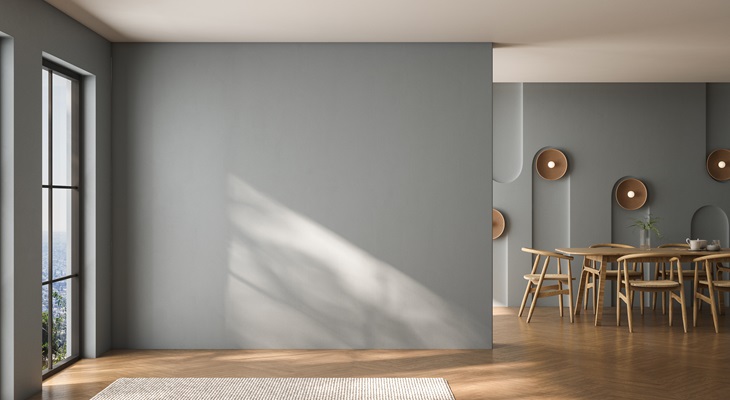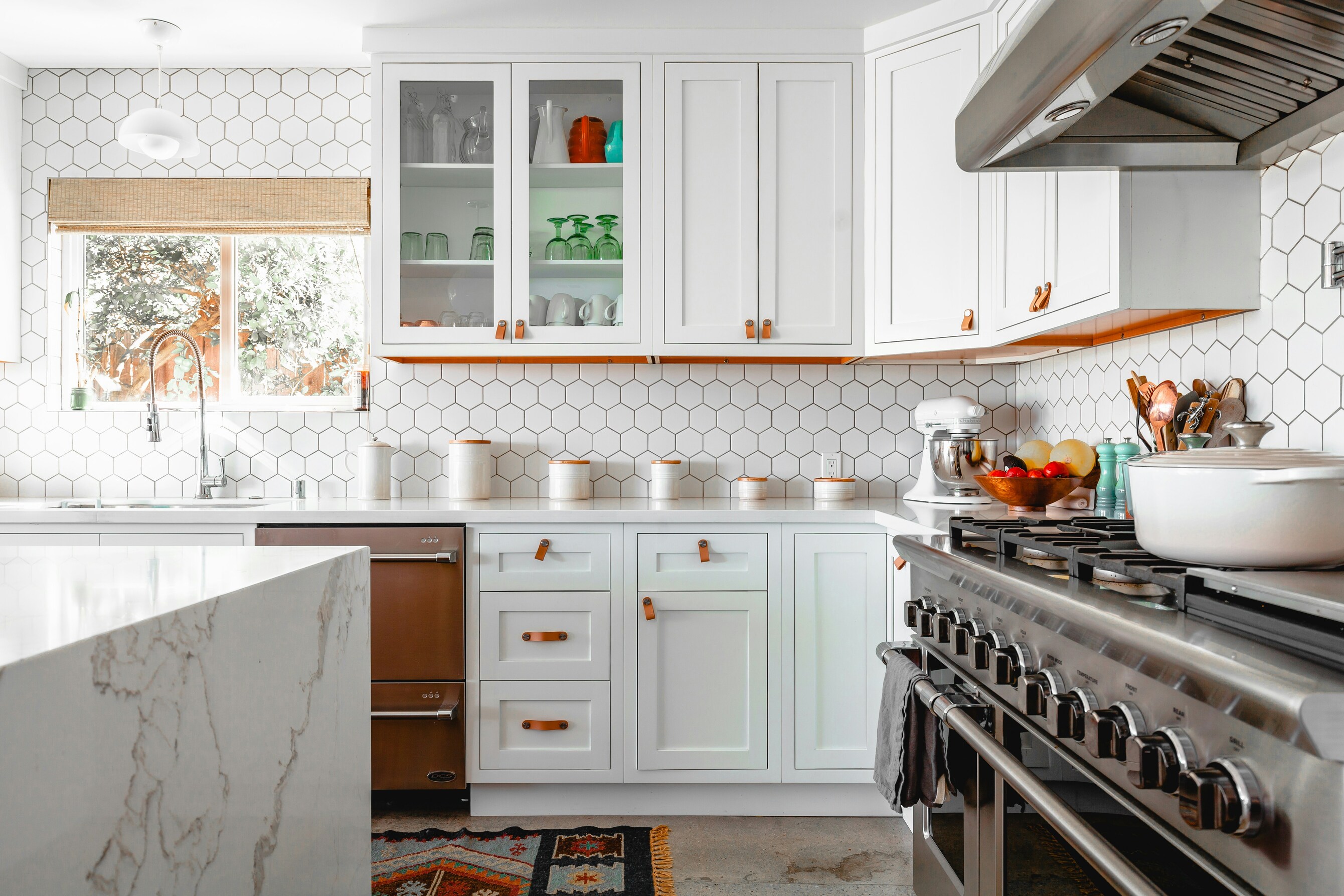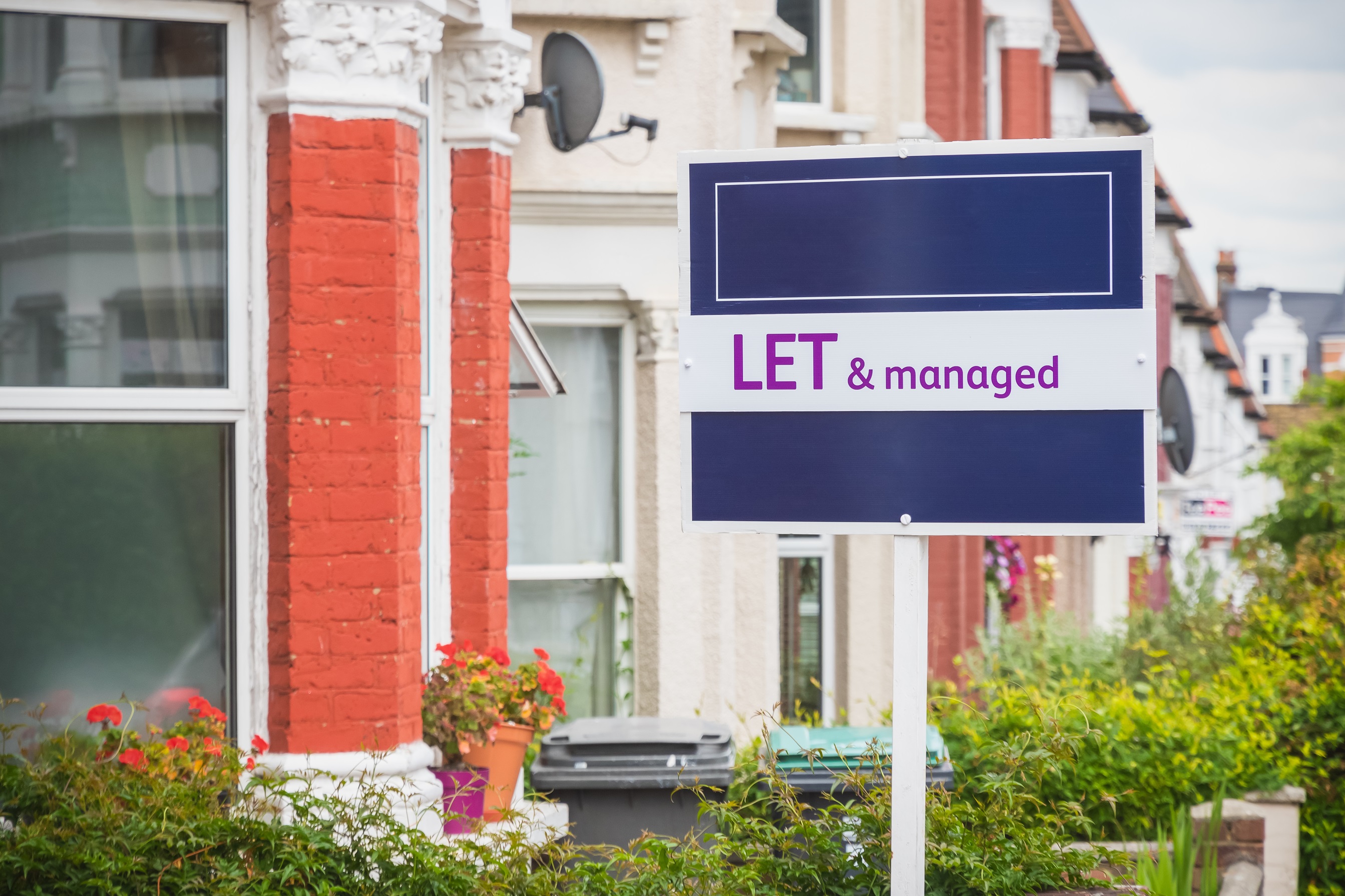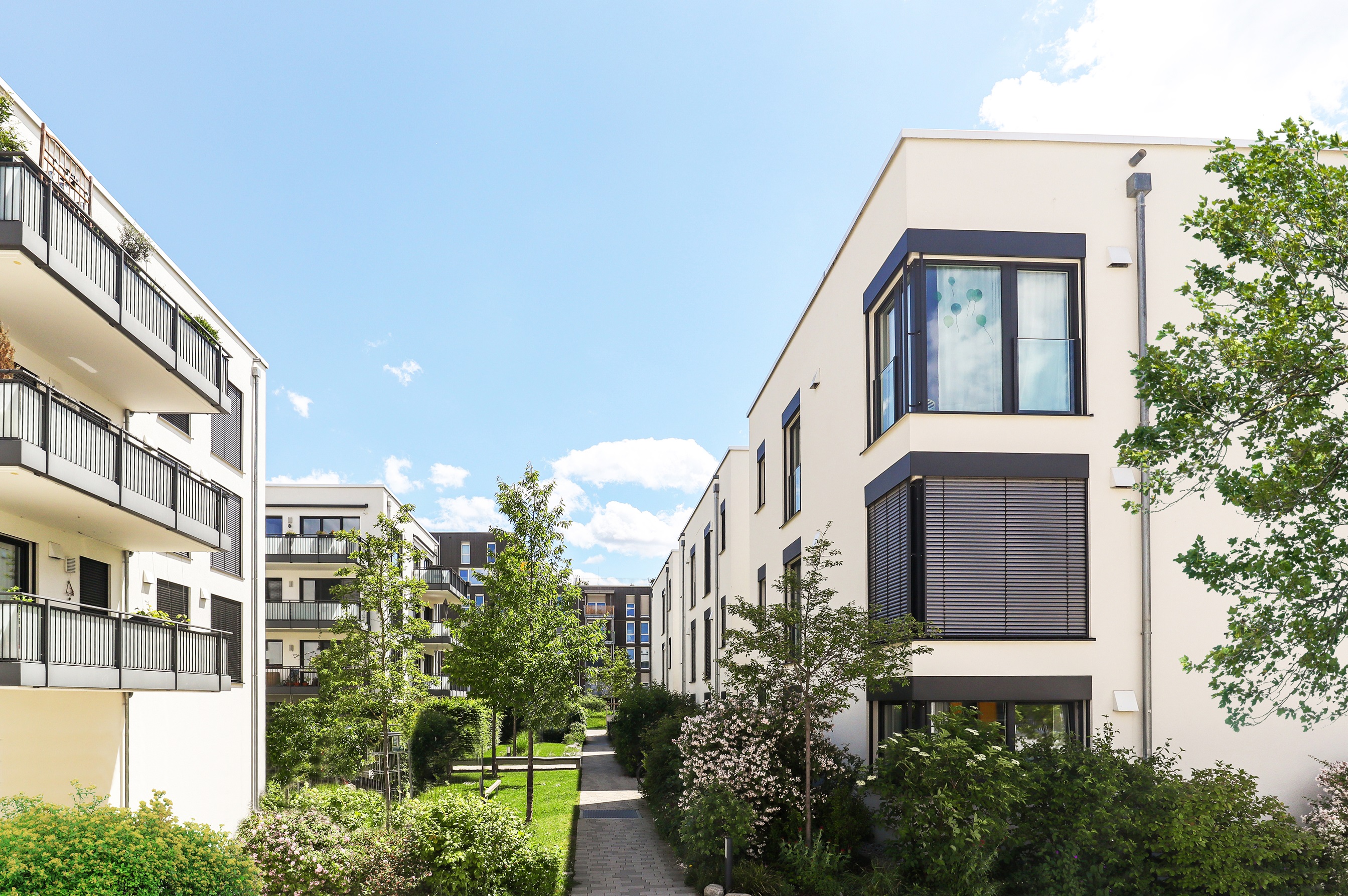Loughborough (Admin/Marketing Hub) - 01509 861222
Ashby-de-la-Zouch - 01530 413126
Market Bosworth - 01455 291471
Melton Mowbray - 01664 896332
Landlord tips: furnished or unfurnished?
Deciding whether to let your property furnished or unfurnished is a crucial decision for every landlord, regardless of experience. There are a range of different factors to take into consideration, such as property type, location, and target demographic.
Here's a breakdown of the pros and cons of each option to help you make the best decision…
The pros of unfurnished properties
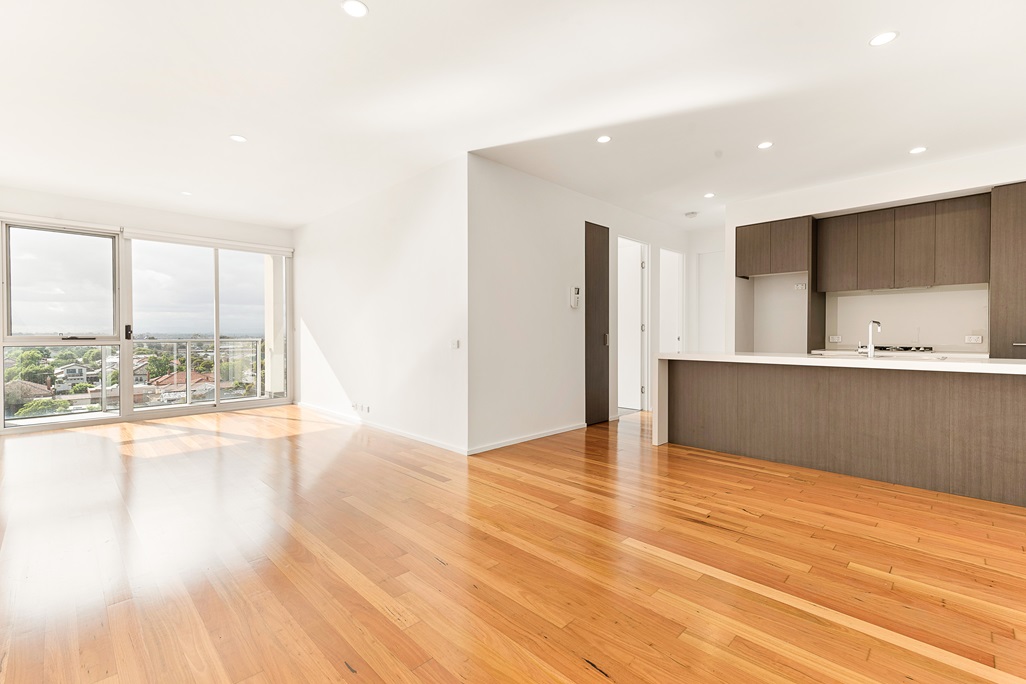
One of the main benefits of letting out an unfurnished property is that it attracts long-term tenants who see the home as a lengthy commitment rather than a short-term solution. This is due to the time, effort, and costs associated with moving furniture in and out of a home. Experienced tenants may choose unfurnished homes if they have their own furniture collection to bring with them, but others may prefer an empty property to decorate as they desire. An unfurnished house also saves landlords the trouble of replacing items between tenancies, lowering the likelihood of conflicts resulting from damaged furnishings. Tenants must repair and replace their own furnishings, requiring less upkeep from the landlord and increasing the tenant's responsibility to treat the home with care and respect.
The cons of unfurnished properties
Landlords that offer furnishings rent out their appliances and furniture rather than just the home, so you may not obtain the same yields as furnished properties. If furnishings are not included, you may have trouble finding specific groups of tenants such as students and young professionals who need to relocate frequently for work or school.
The pros of furnished properties
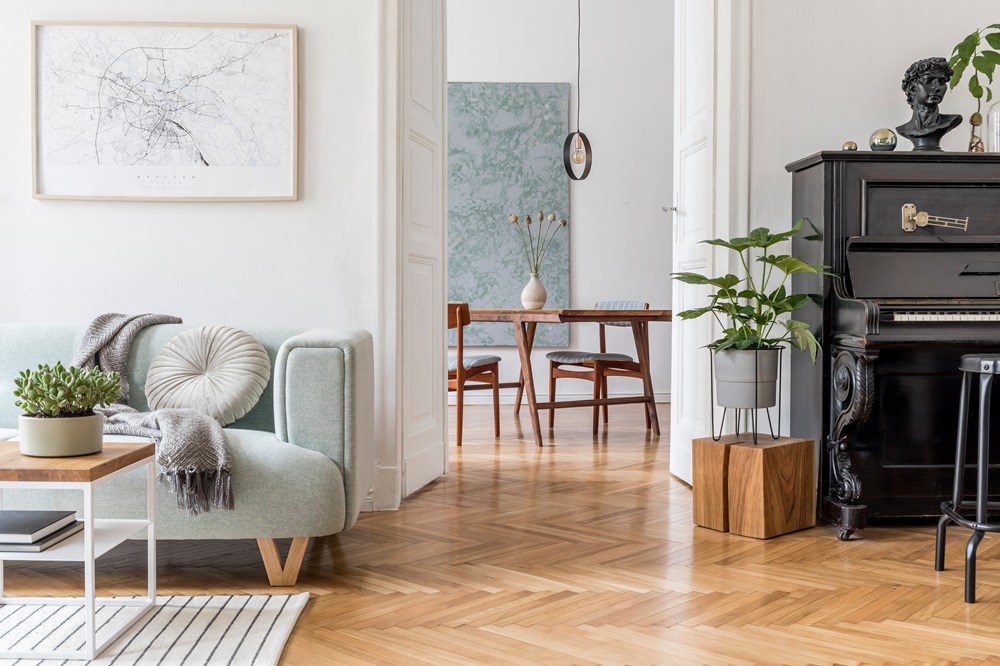
Landlords who own furnished properties can charge a higher monthly rate as they provide tenants with all the essentials. If you're using rental income to pay off your mortgage, this could be extremely helpful. If you're offering furnished or part-furnished, you're likely targeting a particular demographic of individuals, such as students, young professionals, and short-term tenants who favour convenience. This means that tenants will be able to easily move in and out, resulting in shorter vacancy periods. You can furnish and decorate your property to a high standard without worrying about tenants bringing personal furniture that you feel could deter prospective tenants during viewings.
The cons of furnished properties
The lack of personal furniture items may make it simpler for some tenants to move out, which may result in more vacancies. Landlords often need to consider sticking to a strict budget and looking into second-hand furniture when opting for a furnished property as they will be responsible for the cost of the furnishings included. Furnished rental properties place additional responsibility on the landlord for the upkeep and replacement of worn-out furnishings between tenancies. Depending on the specifics of your landlord policy, you may be able to cover the expense, or you can suggest that your tenants take out tenant liability insurance. While most tenants will be careful with the property, having furnishings included increases the likelihood of a disagreement over the security deposit and the likelihood that the landlord will have to cover any accidental damages.
Contact us
If you’re looking for a buy-to-let property, contact your local Guild member today to start your investment journey. Read our guides to letting for more tips.
Five tips for finding a rental property
Summer rentals: How to make your rental property stand out
How letting agents support landlords
Finding a rental property this spring
About us
Alexanders Property Services Ltd trading as Alexanders. Tel: 01509861222
Registered in England: 08476446. Registered Office c/o The Point, Granite Way, Mountsorrel, Loughborough, Leicestershire, LE12 7TZ.
VAT Number: 171925008
Privacy Policy

